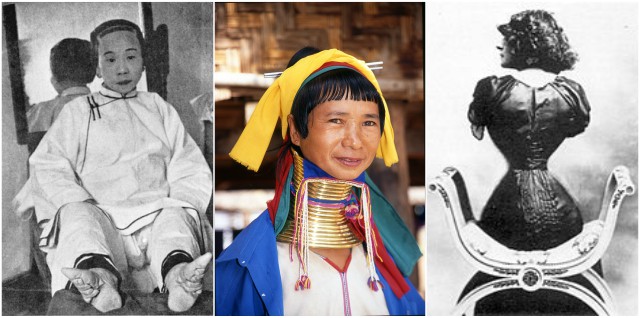People say beauty is pain and anyone who wants to be beautiful must pay the cost. Keeping up with the latest trends means that one must be prepared to “suffer” a bit to achieve results. Many modern fashion trends such as bikini waxing or plucking the eyebrows can be painful and uncomfortable, but if we look back to the beauty practices of the past, these modern fashion trends seem like child’s play by comparison.
Some of the fashion trends throughout history were shockingly dangerous, truly agonizing and many of them even proved to be fatal in numerous cases. So take a deep breath just like you do when you are zipping up your jeans and see the list below for some of the deadliest fashion trends throughout history.
1. Corset
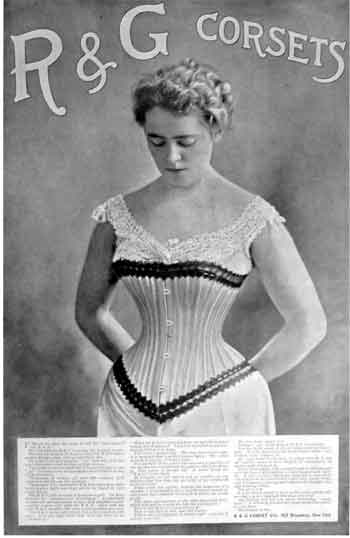
No woman in the world will tell you that she doesn’t want to have a slim waist. However, having a tiny waist is not a new fashion trend.
Considered by many to be one of the most dangerous fashion trends, the corset restricted women’s breathing which often led to fainting. However, fainting wasn’t the worse thing that could happen to a woman trying to keep pace with fashion at the time.
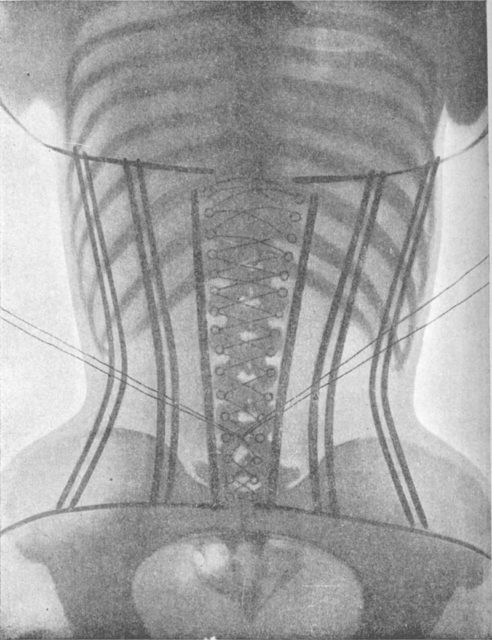
Internal organs were also subject to damage as they were forced to shift from their natural position and this could eventually lead to internal bleeding. Broken ribs, digestive problems, hysteria, melancholy, and constipation are just a microscopic part of nearly 100 diseases attributed to corset wearing.
2. Rib removal
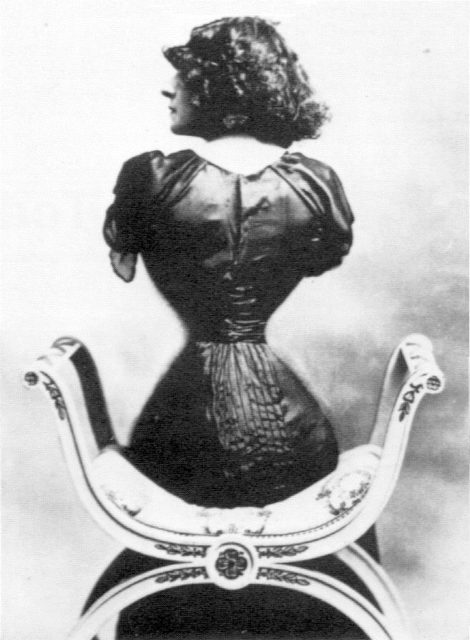
While modern surgeons feel that rib removal is too extreme a procedure to be performed for cosmetic reasons, it seems that this was not the case with doctors in Victorian times. The quest for a wasp waist in the Victorian era went one step further with some women having removed their floating ribs.
There is a debate as to whether rib removal actually existed in the Victorian era since surgery was mainly confined to amputations and the removal of external problems. However, some sources state that there were cases of rib removal surgeries in the Victorian era, but these often proved to be fatal due to infections.
3. Crinoline
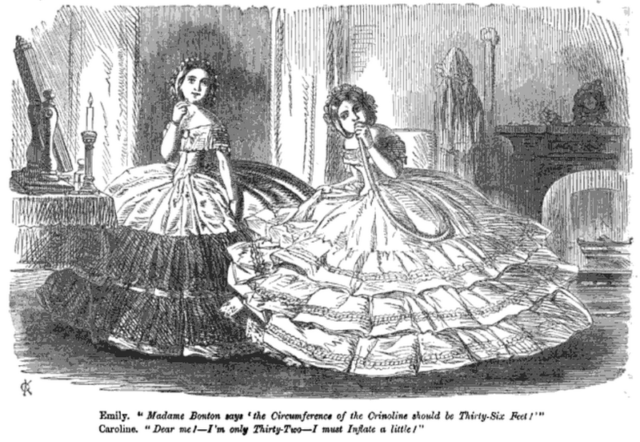
Invented by R.C. Milliet, and introduced in the summer of 1856, the crinoline is among the most dangerous fashion trends in history. It is said that this deadly Victorian fashion garment killed around 3,000 women and among the most notable victims were William Wilde’s illegitimate daughters, Emily and Mary, who died in agony after their swirling crinoline skirts caught fire.
What makes the crinoline easily flammable is the large amounts of ignitable fabric that made up women’s crinoline dresses.
Other risks included difficulties in movement and entangling in carriage wheels. Another problem for women wearing crinoline was being caught by sudden gusts of wind, that also could cause serious injuries.
4. Chopine
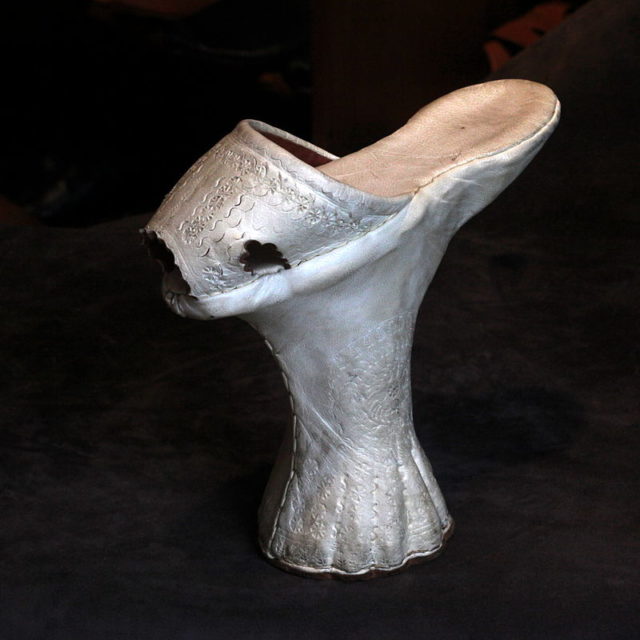
Although many people think that high heels are a modern invention, research shows that they can be traced back to the ancient times. Popular in the 15th, 16th and 17th centuries, chopines were a primitive form of high heels. This type of women’s platform shoe was a symbolic reference to the cultural and social standing of the wearer.
Throughout the years, chopines evolved in many ways and were designed increasingly higher, with some examples hitting up to 20 inches (50 cm) high. More height meant more danger for the wearer and losing balance often resulted in injury and sometimes death.
5. Foot binding
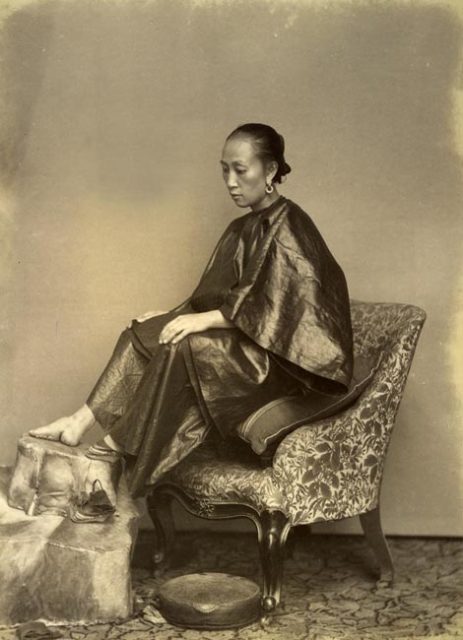
While the world is indebted to ancient China for some great inventions including printing, papermaking, gunpowder and the compass, the foot binding practice or ‘lotus feet’ doesn’t sound like one of their best ideas.
Reportedly foot binding can be traced back to the time of Emperor Li Yu and was inspired by a court dancer named Yao Niang who bound her feet into the shape of a new moon and performed a dance, ballet-like, on the points of her feet on the lotus.
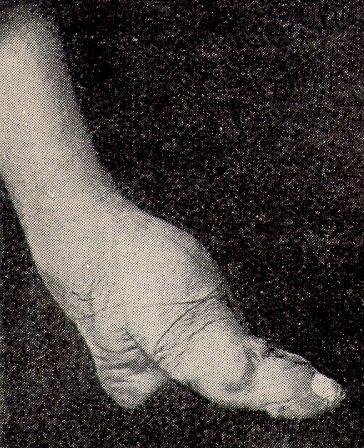
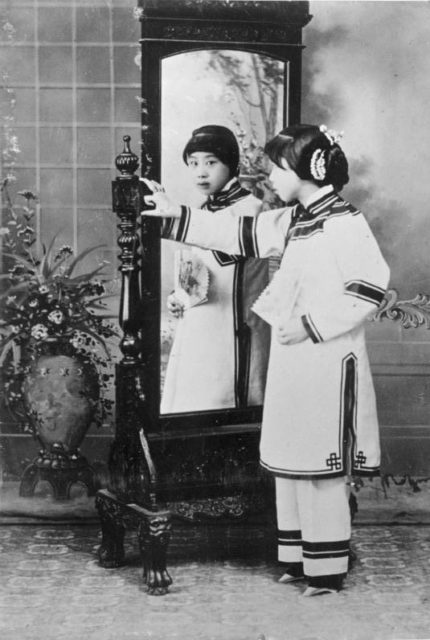
One look in the photos above is enough to conclude that this was a painful procedure. This agonizing process typically occurred from the ages of four until nine and the way that this was achieved was by breaking the bones in the feet and shaping them in such a way that they resembled hooves.
Death by infection occurred often, and if you didn’t get killed by infections, you would surely have to suffer many medical problems throughout your lifetime. Despite this, the Chinese also invented the compass, so let’s head back again to 19th century Europe to meet with another dangerous fashion trend.
6. Stiff high collar
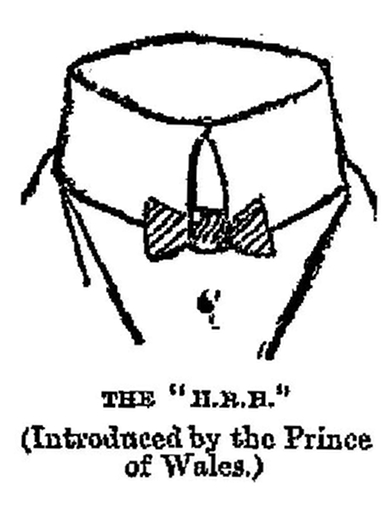
Invented in the 19th century, the stiff high collar is proof that men also risked their lives to keep up with the latest fashion trends. Nicknamed the “father killer,” this fashion trend proved to be fatal in many cases since it could cut off the blood supply to the carotid artery.
This fashion accessory meant that men didn’t have to change their shirt every day, but on the other hand, it meant risking one’s life.
In 1888, the New York Times reported on a man called John Cruetzi who had been found dead in the park, “the Coroner thought that the man had been drinking, had seated himself on a bench and fell asleep. His head dropped over on his chest and then his stiff collar stopped the windpipe” and in this case, the blood flow was also restricted, “causing death to ensue from asphyxia and apoplexy.”
7. Neck extension

Having a long neck is often seen as a sign of beauty by the Kayan people in Burma. To achieve this, they wear neck rings from as young as age two. The neck rings eventually place sufficient pressure on the clavicles, causing them to deform and create an impression of a longer neck. Wearing the neck rings can be extremely painful, and it can permanently deform the body of the wearer.
While today neck rings are a rarity, they were extremely popular and expensive fashion items. Some women still wear the rings but mostly for practical, commercial reasons since many tourists come in the area to take a picture with these ‘giraffe women.’
8. Lead face paint

If you had a look at this painting of Queen Elizabeth I, you would probably wonder why her face is so white. The answer is that it was the latest beauty trend of its time. This fashion trend was considered to be a symbol of wealth and beauty, while the tanned skin was a symbol of low social class.
To achieve this look, many people used lead face paint which is toxic and can severely damage the skin. It would cause some more serious problems too, including headaches, hair loss, stomach problems, rotting teeth, paralysis and even death.
9. Powdered wigs
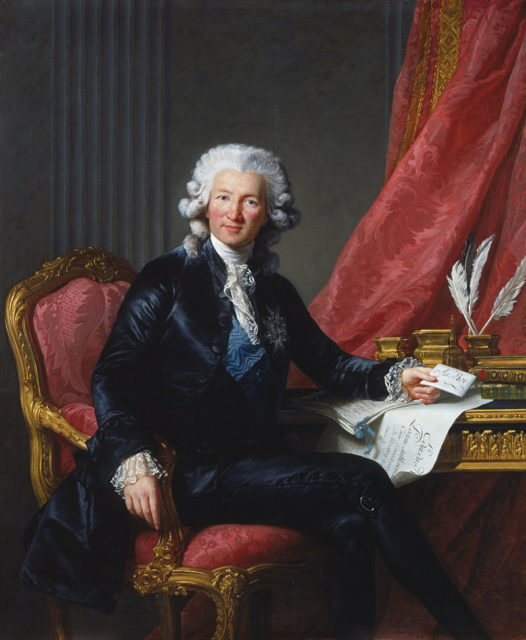
Louis XIII is credited with starting this dangerous fashion trend. At the time, when long hair was a popular status symbol, the King of France began to go bald, so he took to wearing wigs which eventually led to this peculiar fashion trend that spread throughout Europe.
Mostly made from the hair of horses and goats, these wigs were waxed, perfumed and powdered, but were never actually washed, thus becoming a perfect environment for lice and in some cases even mice. Powdered wigs remained a symbol of class until the end of the 19th century. Today many judges and barristers in Britain and Australia still wear them to represent the monarch.
10. Radioactive makeup
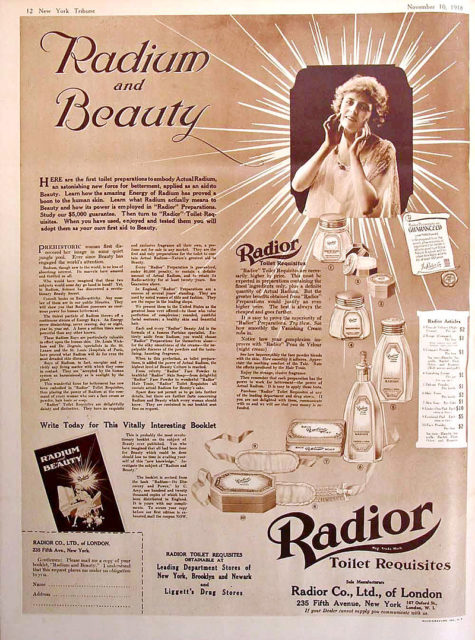
Marie Curie discovered radium in 1898, and after its discovery, this chemical element instantly became popular and was widely used in the cosmetic industry. This was most common in France, and one of the first brands of radioactive beauty treatments was Tho-Radia. They made a line of beauty products, including perfumes, creams, facial powders, and lipsticks that contained thorium chloride and radium.
In England, the Radior company also introduced a line of cosmetics containing radium, including a Night Cream, Rouge, Compact Powder, Vanishing Cream, Talcum Powder, Hair Tonic, and Skin Soap.
Radium was supposed to energize people’s skin, but since it is a radioactive substance, it often caused vomiting, anemia, internal bleeding, and eventually cancer.
11. Teeth painting
In the southeastern parts of China, Pacific Islands, Japan, and Southeast Asia, black teeth were a symbol of health, beauty, and aristocratic status in the early 200s AD. Tooth blackening, known as ‘ohaguro’ in Japan, meant that one had to drink an iron-based black dye to achieve this lovely look. They often added cinnamon to the resin to reduce the harsh chemical taste of the color.
This procedure commonly caused severe reactions due to the chemical ingredients used to blacken the teeth. However, on February 5, 1870, the government in Japan banned the practice of ‘ohaguro,’ and the process gradually became obsolete.
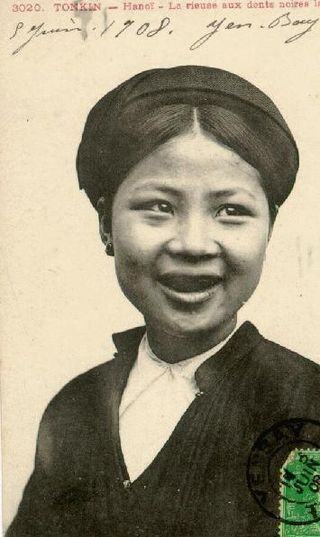
12. Muslin disease
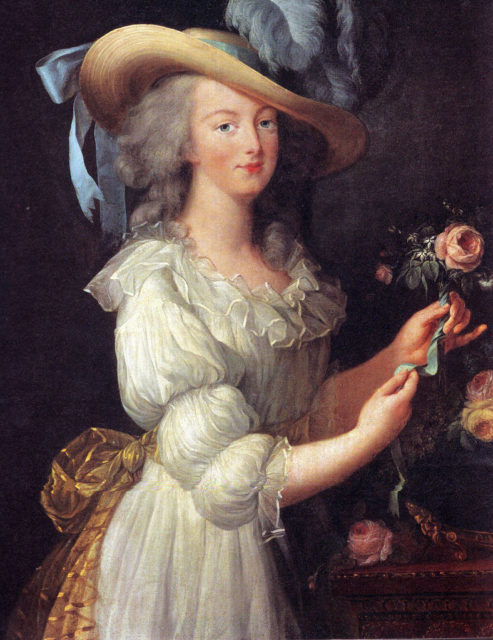
We are all familiar with the white muslin dresses of the early 19th century made from a cotton fabric of plain weave, taking its namesake from the city of Mosul, Iraq, where it was first manufactured. We also know a little about its associated danger that took hold at that time, when the fabric was brought to France, known as Muslin disease.
At the beginning of the 19th century, a new strange and dangerous fashion trend started in Europe. That was that it was common for women to wet their dresses before they went out. This unusual practice was quite scandalous as it showed off women’s figures, but as much as it was scandalous, it was in equal measure as dangerous. This practice led to severe cases of pneumonia and caused the deaths of thousands of women.
13. Eyedrops containing nightshade from the belladonna plant

Belladonna or deadly nightshade is considered by many to be one of the most poisonous plants on Earth. Berries of belladonna, as shown above, are beautiful and look edible, but they contain strong dosages of tropane alkaloids that can be fatal even in small quantities.
In the Victorian era, women with large pupils were considered gorgeous, and to dilate and enlarge their pupils, they used the herb’s oil daily. They knew that the oil was extremely dangerous, but they continued to use it anyway.
This poisonous plant can cause blindness, rapid heartbeat, dry mouth, slurred speech, light sensitivity, inability to urinate, loss of balance, flushed skin, memory loss, confusion, hallucinations and even death. However, we think that keeping up with the latest fashion trend in the Victorian era seems to have been the most dangerous cause of poisoning.
14. The Arsenic dress
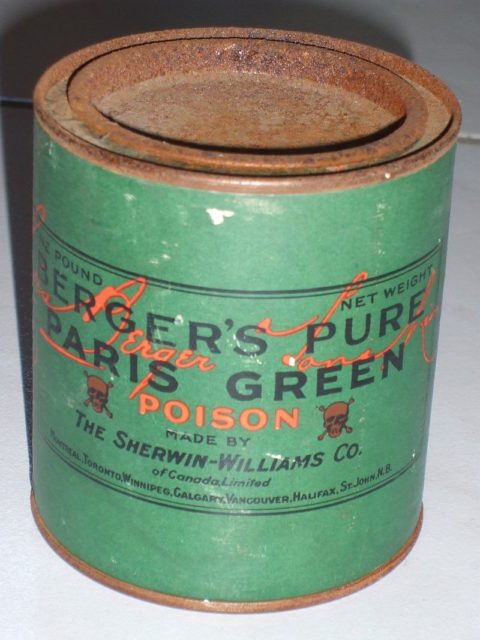
In the 1800s, a green dress dyed with arsenic-based pigments was a dress to die for, literally. This highly toxic emerald-green crystalline powder known as ‘Paris Green,’ was used on everything from curtains to dresses. These green dresses were very popular and widely worn until doctors came to a conclusion that people who wore the dresses died early.
This arsenic-based pigment used on the dresses in the 1800s slowly released arsenic into the skin and caused sores, scabs, diarrhea, headaches and eventually led to cancer.
15. Flammable fabrics
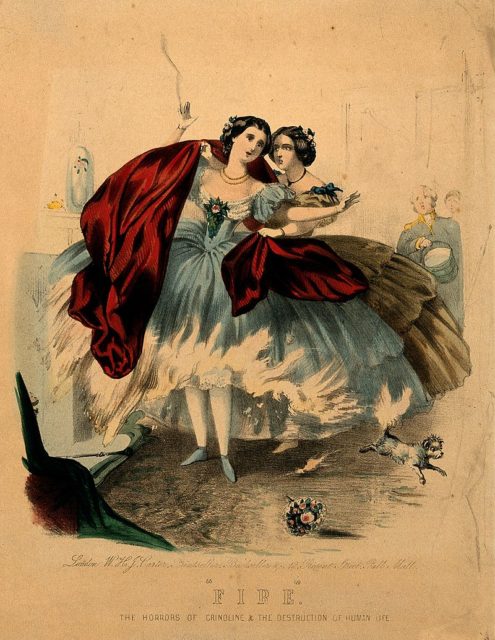
It seems that fashion in the past was riddled with dangers and one of these such dangers was the flannelette. Made from vegetable fibers, the flannelette was popular for nightshirts and undergarments.
Read another story from us: 1920s Men’s Fashion: From high-waisted jackets to narrow-cuffed trousers
This material was one of the cheapest at the time, but if the wearer wasn’t careful enough, the flannelette might have been the cause of a very agonizing death. This material is extremely flammable, and a candle would suffice to start the agony. Many children burned in household accidents due to flannelette’s flammability.
